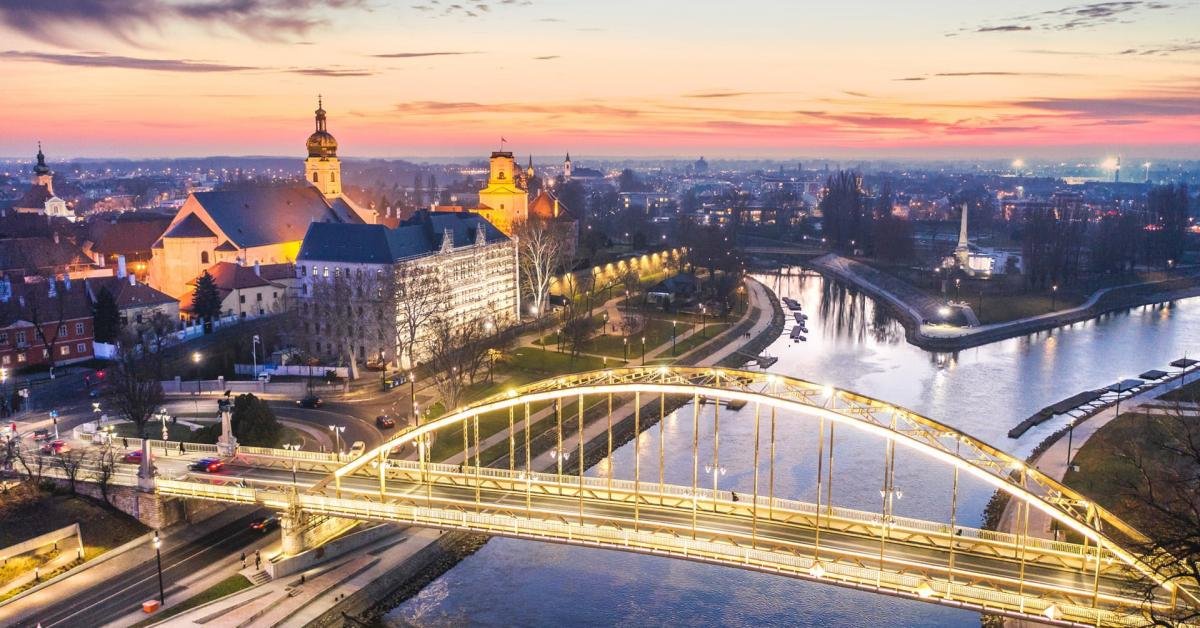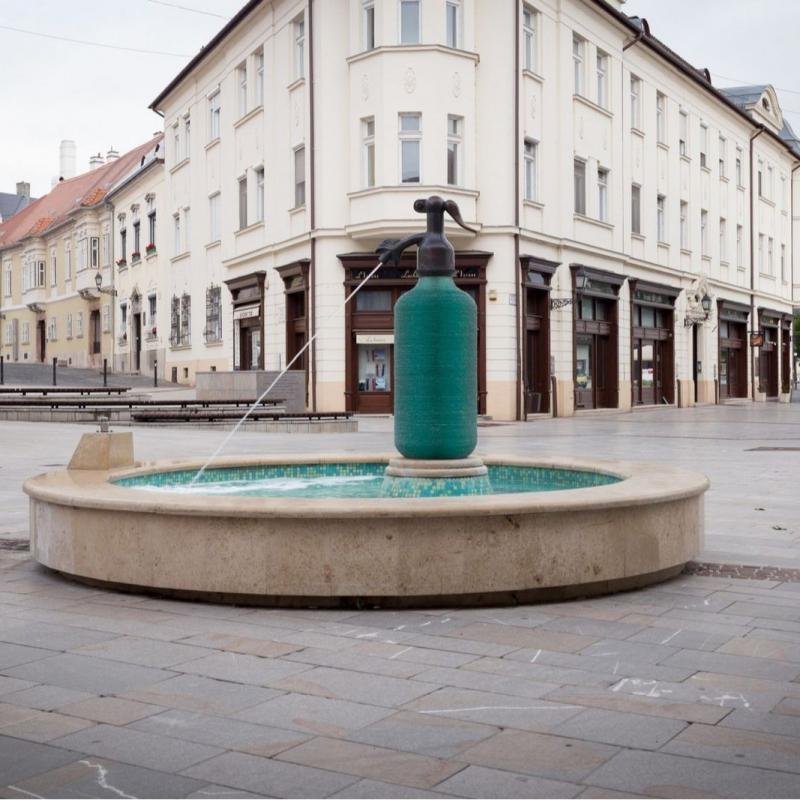Győr
 Győr is a city with county rights in Hungary, the center of the Western Transdanubia region, the seat of Győr-Moson-Sopron county and Győr district, and since 1009 the center of Győr diocese. An important economic, cultural, university and sports center, it is one of the most dynamically developing cities in the country. It lies on the innovative Vienna-Pozsony-Budapest axis and has excellent transport facilities. As the third-richest city in Hungary in terms of monuments, it won the Europa Nostra prize for monument protection in 1989 in recognition of the reconstruction of the baroque downtown. Győr is also the "city of rivers", because it was built in the eastern half of the Little Plain, next to the Mosoni-Danube, at the mouth of the Rába and Rábca rivers. It was precisely this riverside location that greatly facilitated the formation and development of the settlement.
Győr is a city with county rights in Hungary, the center of the Western Transdanubia region, the seat of Győr-Moson-Sopron county and Győr district, and since 1009 the center of Győr diocese. An important economic, cultural, university and sports center, it is one of the most dynamically developing cities in the country. It lies on the innovative Vienna-Pozsony-Budapest axis and has excellent transport facilities. As the third-richest city in Hungary in terms of monuments, it won the Europa Nostra prize for monument protection in 1989 in recognition of the reconstruction of the baroque downtown. Győr is also the "city of rivers", because it was built in the eastern half of the Little Plain, next to the Mosoni-Danube, at the mouth of the Rába and Rábca rivers. It was precisely this riverside location that greatly facilitated the formation and development of the settlement.In ancient times, the Roman settlement of Arrabona was located in the area of today's Győr. This is where the town's German name "Raab" comes from. After the Hungarian conquest, the Hungarian king István I established the diocese of Győr in 1001, which became its center in 1009, when the cathedral was completed. During the Turkish wars, Győr was one of the last bastions of Vienna, and therefore had inestimable military importance.
(Wikipedia)
The Jedlik fountain, made in 2012, with a wonderful turquoise soda bottle weighing 365 kg is the most modern element of the Gutenberg Square.
Gyor
View details




